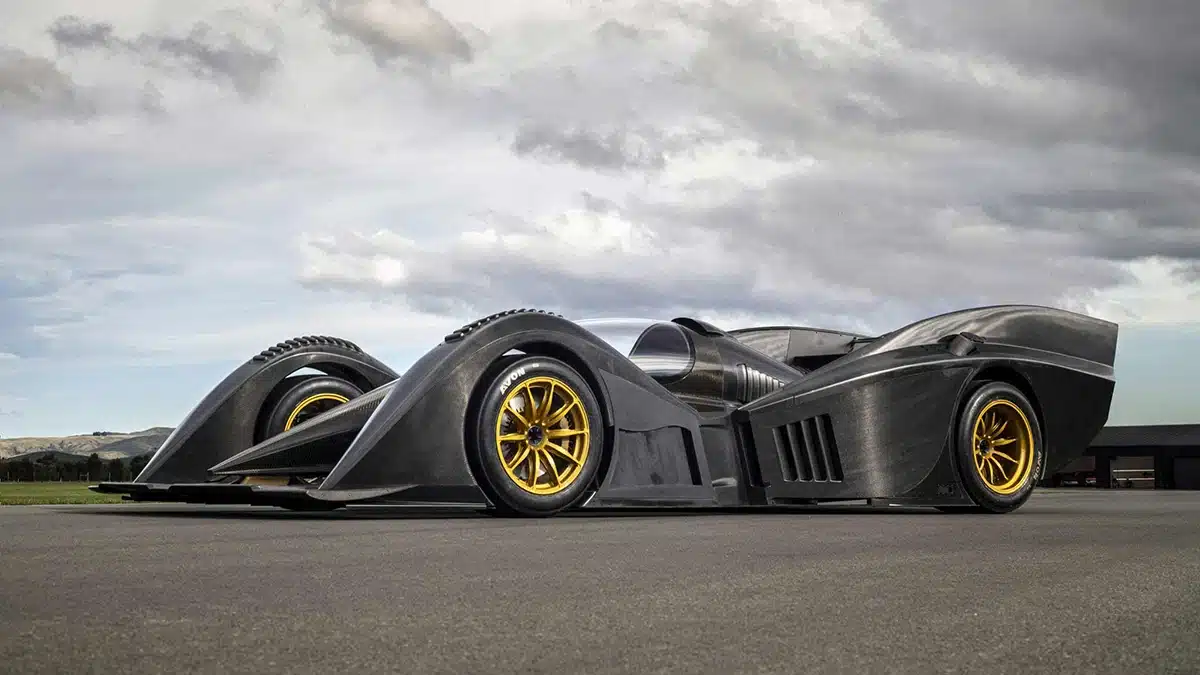If you’re here, it’s probably because you’re fascinated by the world of ricer cars.
Whether you’re new to the concept or a long-time car enthusiast, the unmistakable flash and flair of ricer culture has left an indelible mark on the automotive world.
And that’s what we’ll dive into today — a fun, lively update to an old Smart Motoring ricer car article from 2017, because let’s be honest: ricers keep evolving, and so must we!
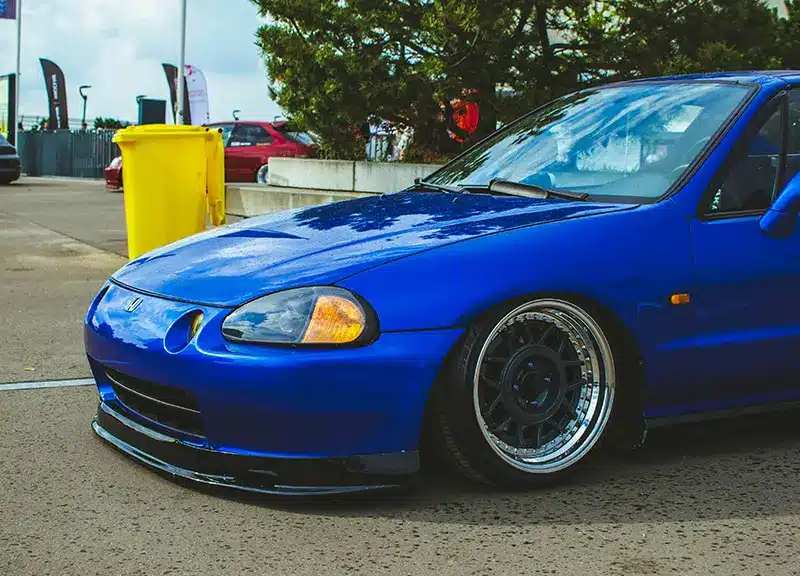
Let’s rev up and update Smart Motoring’s list with fresh insights, recent examples, and fun facts that make ricer cars as iconic today as they were when “The Fast and the Furious” lit up the big screens.
So buckle up and enjoy this journey through the latest top five ricer cars of 2024, a trip through wild aesthetics, creativity, and the love-hate relationship these cars spark among enthusiasts.
What Makes a Car a “Ricer”?
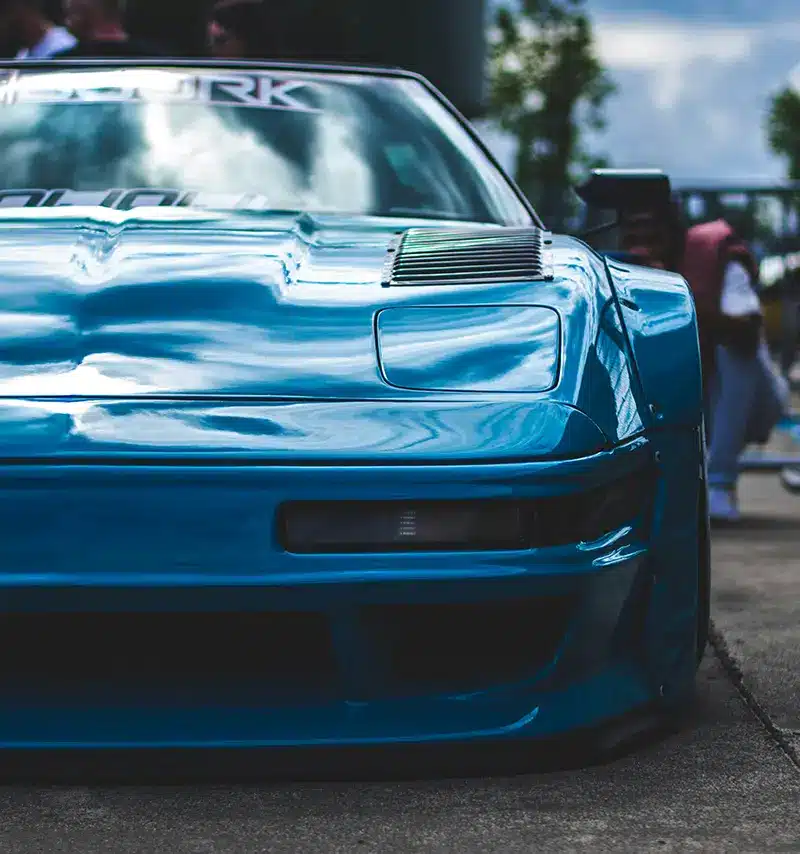
Before diving into specific models, let’s clarify what defines a ricer car. The term comes from the acronym RICE — Race-Inspired Cosmetic Enhancements.
Think oversized spoilers, neon lights, massive exhaust tips, and body kits that scream for attention.
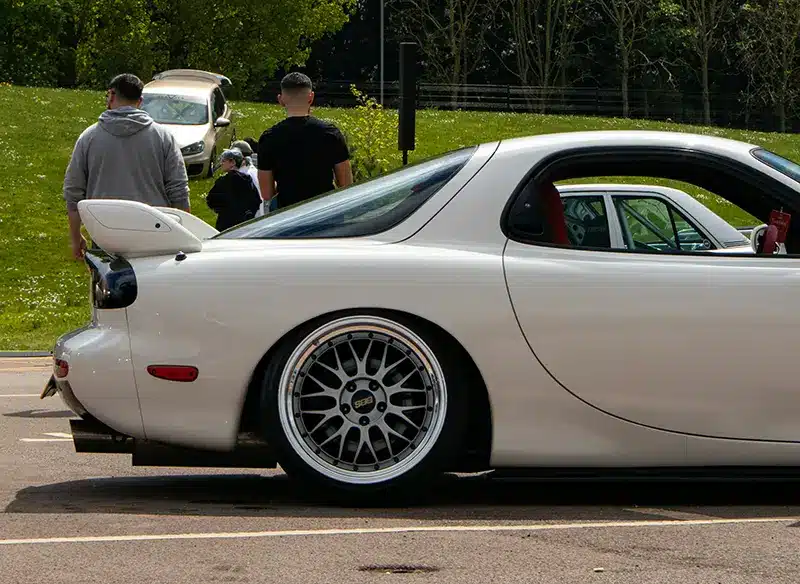
The result? Cars that look like they’re ready to hit 200 mph, even though the engine under the hood is often unmodified, or at best lightly tweaked.
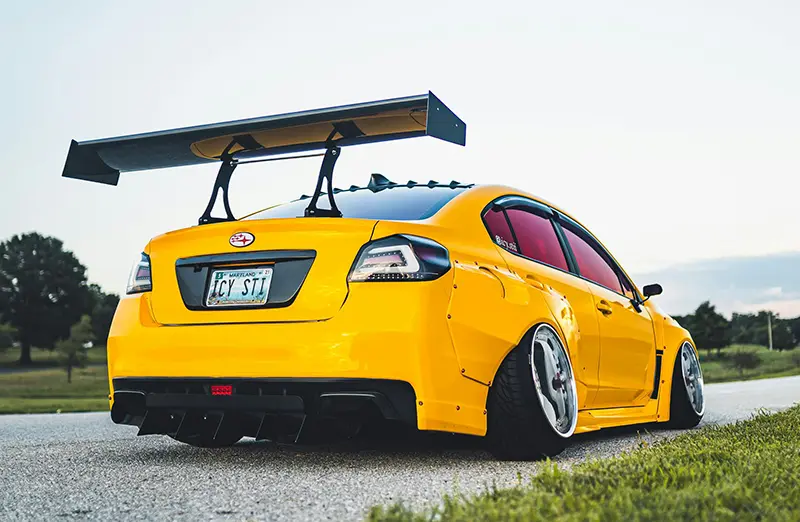
While these mods might sacrifice performance for aesthetics, there’s no denying the creativity behind them.
You’ll often spot these cars at local meets or shows, but they might not be hitting the drag strip anytime soon — they’re more about style than substance.
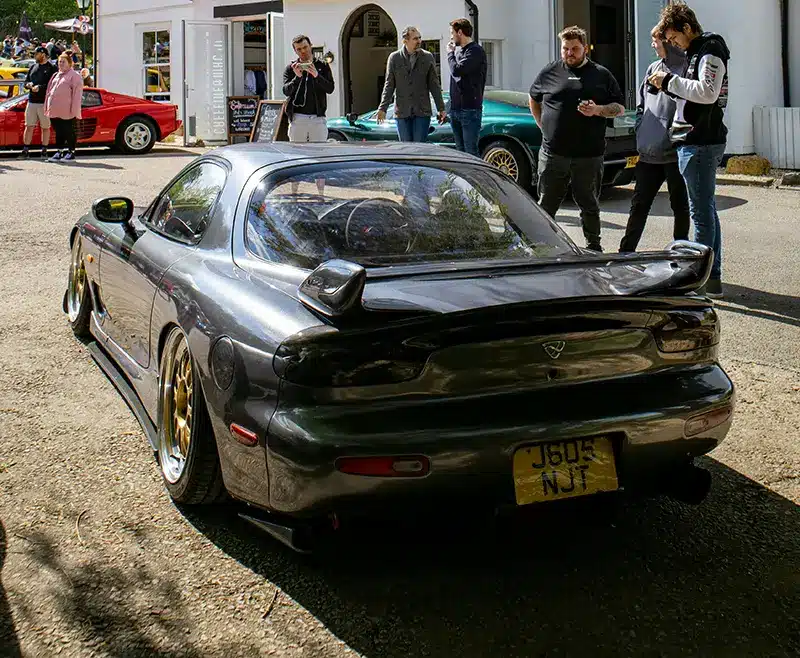
However, don’t be quick to dismiss all ricers as slow. Some enthusiasts blend aesthetics with performance mods, creating the ultimate sleeper cars that can actually keep up with the race-ready crowd.
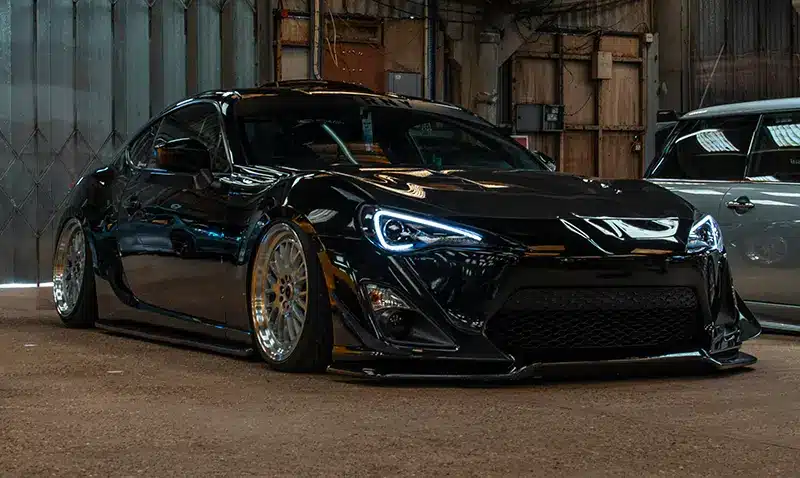
Now that we know what defines a ricer, let’s get into the stars of the show. Here are 2024’s top ricer cars in reverse order — modern-day icons of the scene!
5. Mazda RX-7 and RX-8
When it comes to ricer cars, the Mazda RX-7 and RX-8 both earn their spot at number 5 for good reason. While the RX-7 is a tuner icon with its lightweight, turbocharged setup, the RX-8 continues the rotary legacy with its sleek design and high-revving 13B engine.
Both cars offer endless modding potential, making them irresistible for enthusiasts who love to push boundaries—whether it’s for track days or showstopping looks. These two rotaries might be separated by generations, but they share the same spirit that keeps ricer culture alive.
Mazda RX-7

The Mazda RX-7 has a cult following in the world of ricer cars, particularly the third-generation (FD) models.
It combines the beauty of Mazda’s lightweight, aerodynamic design with the power and complexity of the 13B-REW rotary engine, a twin-turbocharged marvel that zooms the RX7 from 0 – 62mph in just 5.1 seconds.
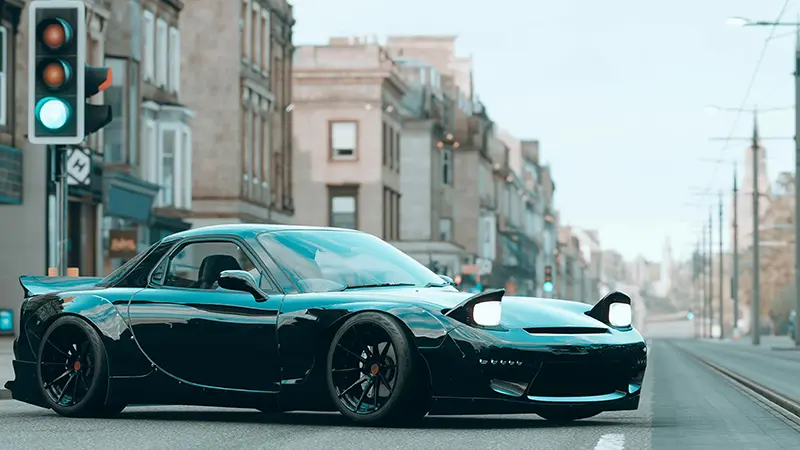
The RX-7’s appeal to ricer enthusiasts stems from its raw performance potential, customisable nature, and that signature rotary-engine sound that sets it apart from typical four-cylinder turbo setups.
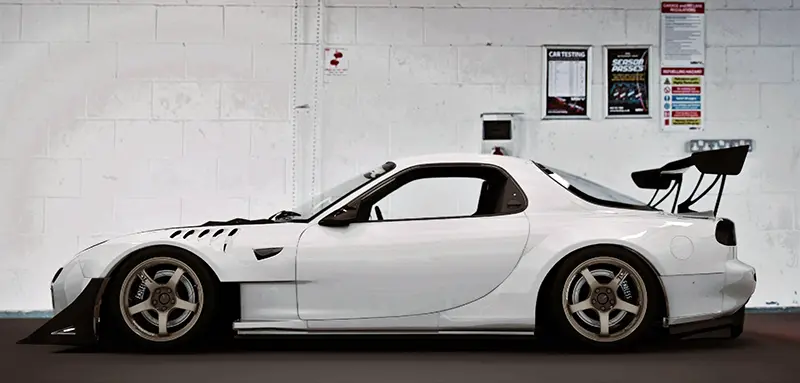
Popular models like the Type RZ and Spirit R are highly sought after due to their rarity, higher performance, aggressive styling, lighter weight, and enhanced suspension systems.
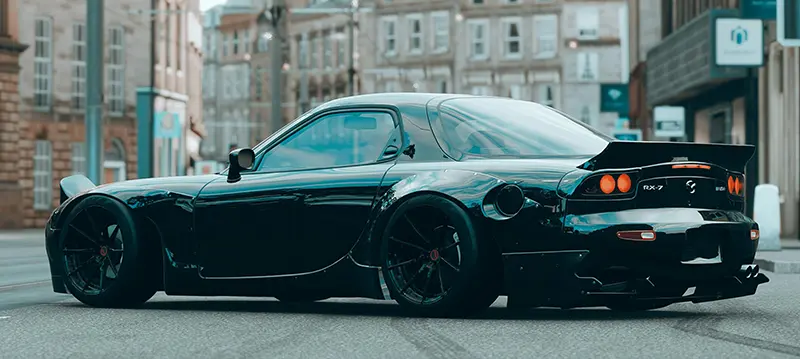
These models also provide a strong foundation for aftermarket modifications—an aspect ricers love.
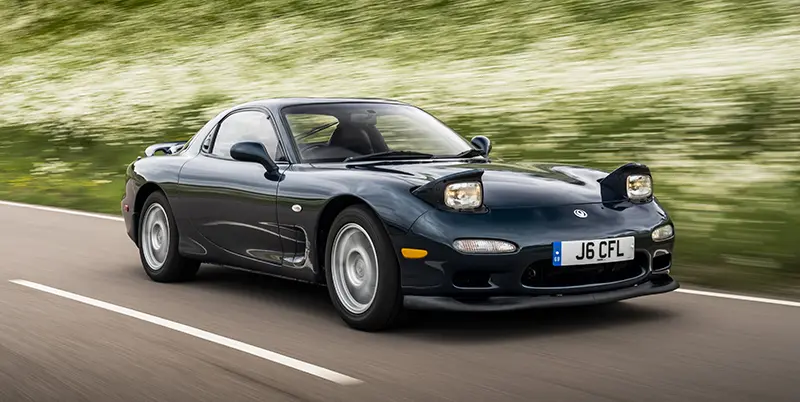
With just bolt-on mods, enthusiasts can easily push these cars to 360+ horsepower, and with more significant tuning, some RX-7s are known to hit 400 horsepower or more.
This freedom to modify and transform the RX-7 into a street or track weapon makes it a favourite canvas for the ricer crowd.
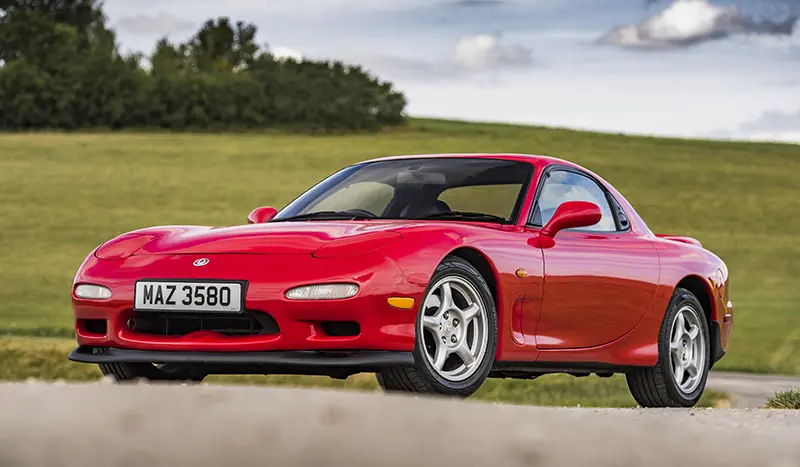
However, the RX-7 isn’t just about sheer power. The balanced chassis, responsive handling, and lightweight frame—often weighing in at around 2800 pounds—make it a joy to drive.
The sense of connection between car and driver, especially when the second turbocharger kicks in around 4,500 rpm, is what makes this car feel like an extension of its owner.
It’s no wonder the RX-7 is not only a beloved icon in car culture but a prime target for those looking to turn heads on the street.
Mazda RX-8
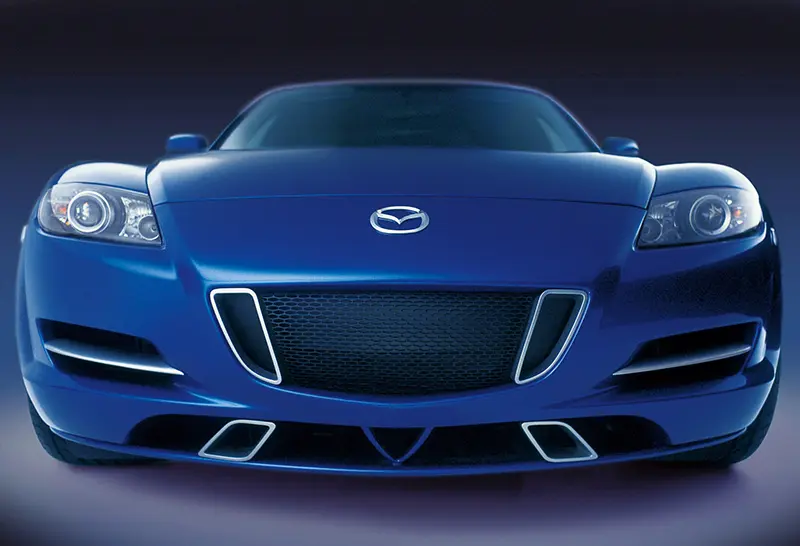
The RX-8, famous for its rotary engine, has been a favorite for those looking to stand out — and not just because of its unique engine.
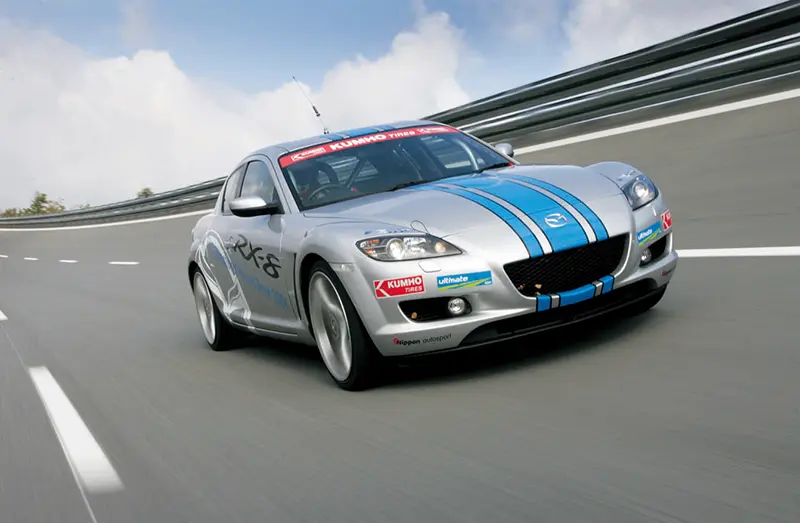
The ricer crowd love RX’s this car for their potential to be transformed into visual masterpieces, often with glowing wheels, massive rear wings, and vinyl designs that belong on a racetrack.
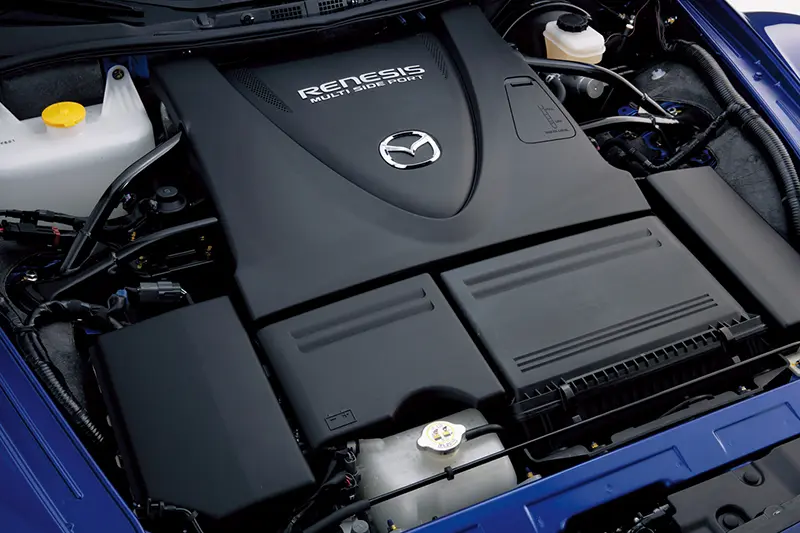
While the rotary engine offers performance potential, ricer mods like underglow lighting, wide body kits, and low-profile tires have made the RX-8 a go-to for those wanting a little bit of both — flashy visuals and performance mods.
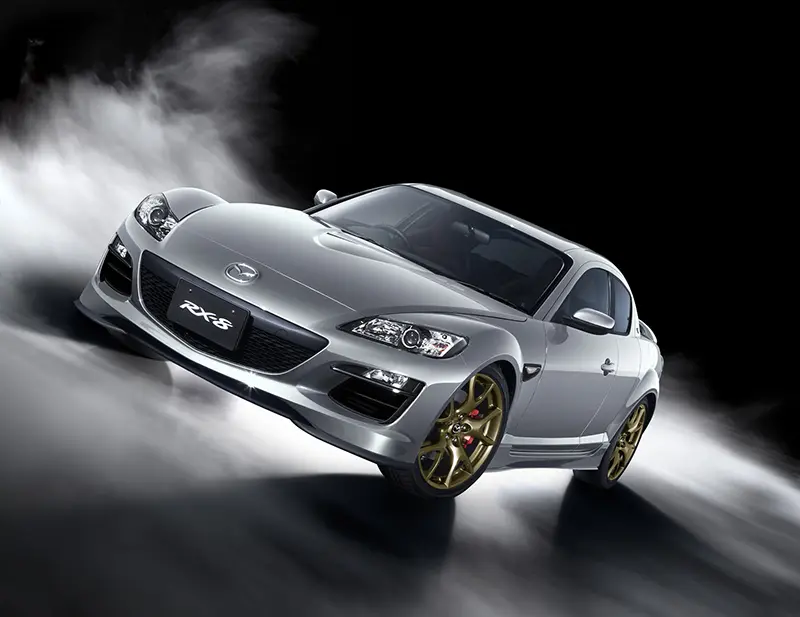
With 232 horsepower and track-ready suspension, the Spirit R is the ultimate version of this rotary-powered legend, offering a thrilling blend of precision handling and unique design.
Fun Fact: The RX-8’s rotary engine is infamous for its maintenance quirks, making it a love-it-or-hate-it car among enthusiasts. But that hasn’t stopped the ricer community from embracing it for wild mods
4. Mitsubishi Eclipse (1995–2006)
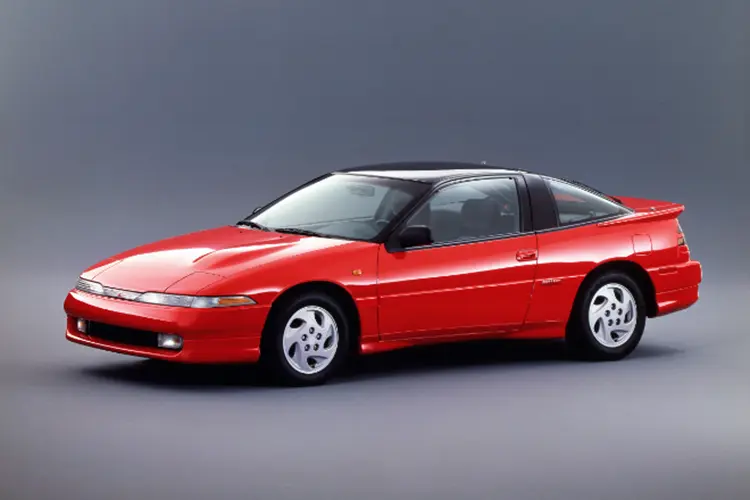
The Eclipse, while a relic in some people’s eyes, remains an iconic figure in the ricer world, primarily due to its prominence in “The Fast and the Furious” movies.
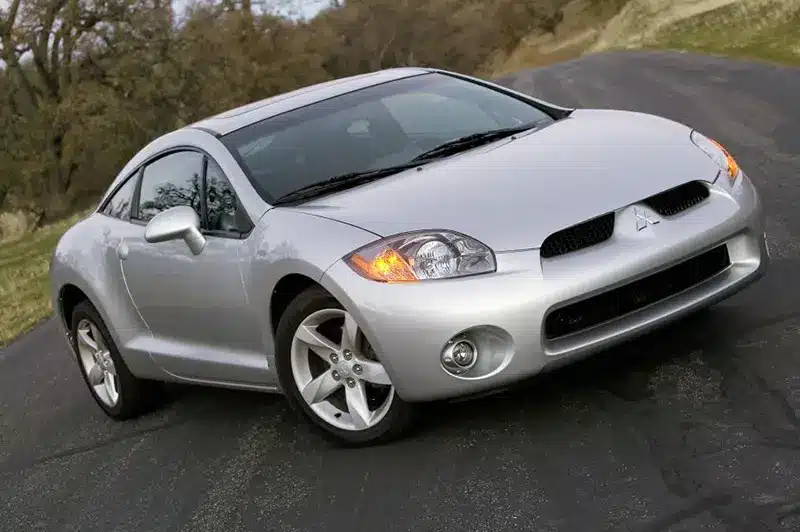
Known for wild body kits and bright paint jobs, the Eclipse has been a favorite canvas for ricer-style modifications.
However, like the Civic, many of these Eclipses emphasised aesthetics—think aggressive bumpers, widebody fenders, and giant spoilers—without the performance enhancements you’d expect from a car that looks so fast.
Known for wild body kits and bright paint jobs, the Eclipse has been a favorite canvas for ricer-style modifications.
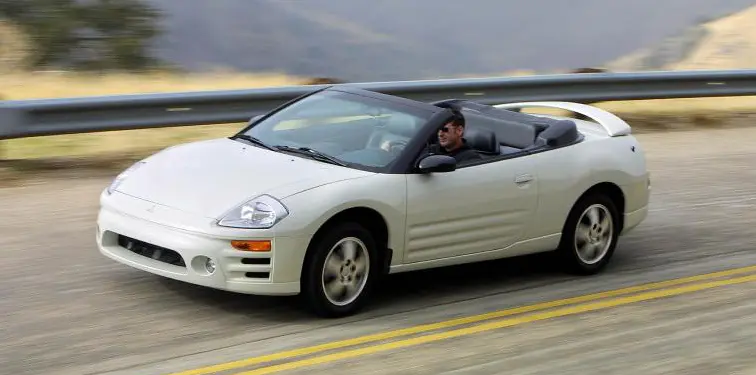
Even though Mitsubishi halted production on this classic coupe, its reputation as a ricer’s dream car lives on. You’ll often find these cars at meets with huge spoilers, neon underglow, and vinyl wraps that would make Paul Walker proud.
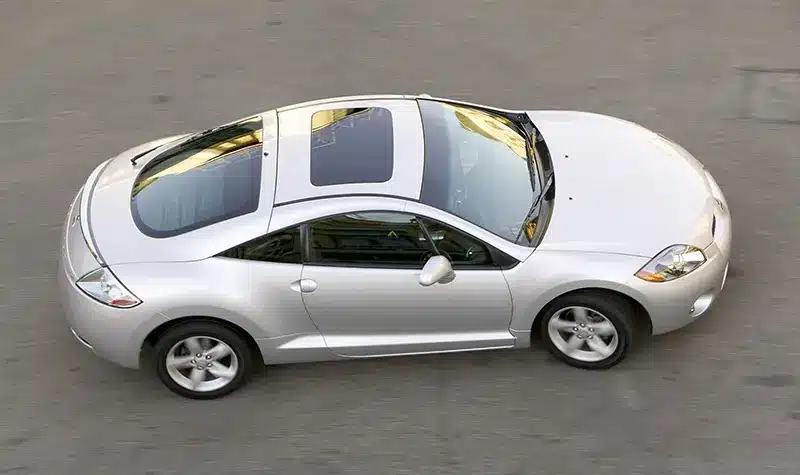
More recent builds feature custom wide-body kits, oversized wheels, and even DIY turbo setups. The aesthetic mods take center stage, but these Eclipses still hold their own on the street with a decent 4-cylinder engine under the hood.
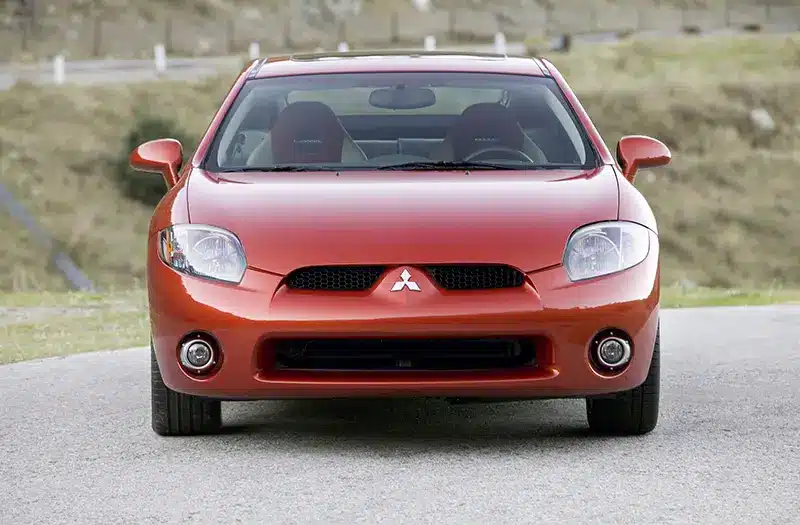
Fun Fact: The Fast and the Furious sparked the trend of modifying Eclipses to ridiculous levels. Even today, fans of the series often recreate Brian O’Conner’s neon green Eclipse from the first movie.

3. Nissan 350Z and 370Z
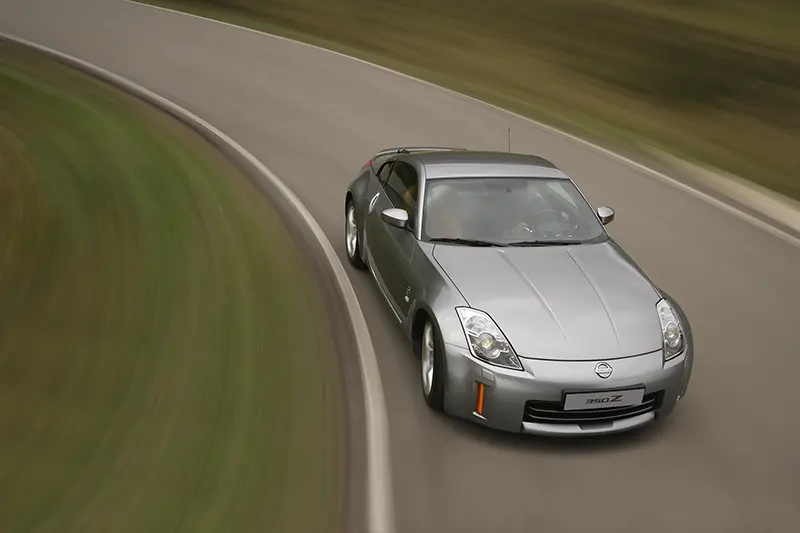

Nissan’s Z-cars are perfect for those who love a bit of performance but still want to turn heads at the local car meet.
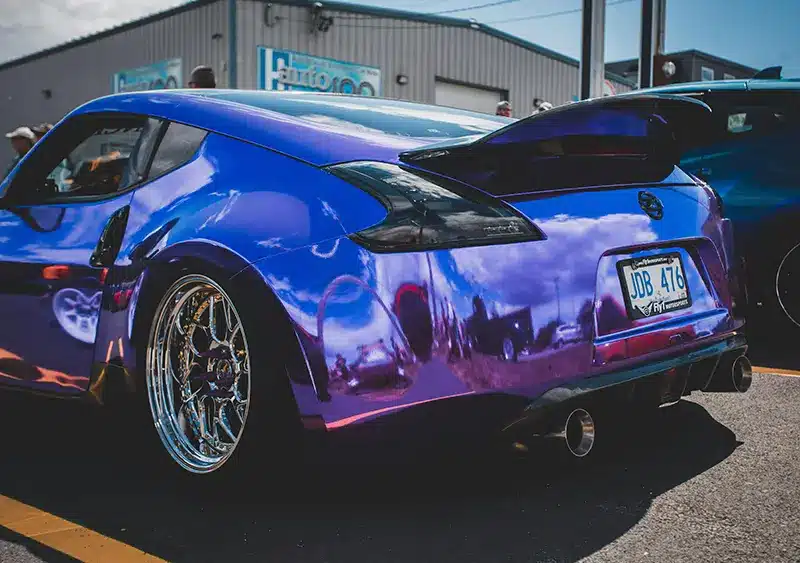
Designed for enthusiasts, the Nismo variant takes the already agile 370Z to new heights, making it a thrilling choice for anyone who loves to hit the track or the open road.
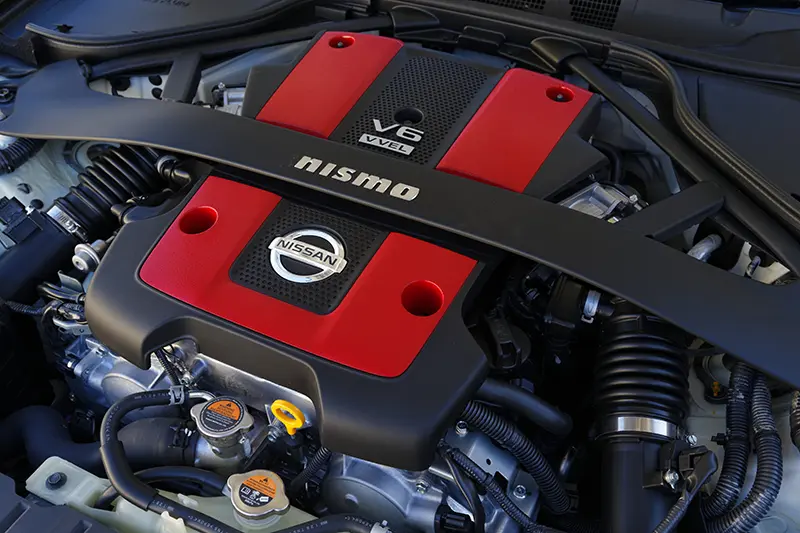
The 350Z and 370Z have cemented their place in the ricer scene, largely thanks to their already sporty aesthetic.
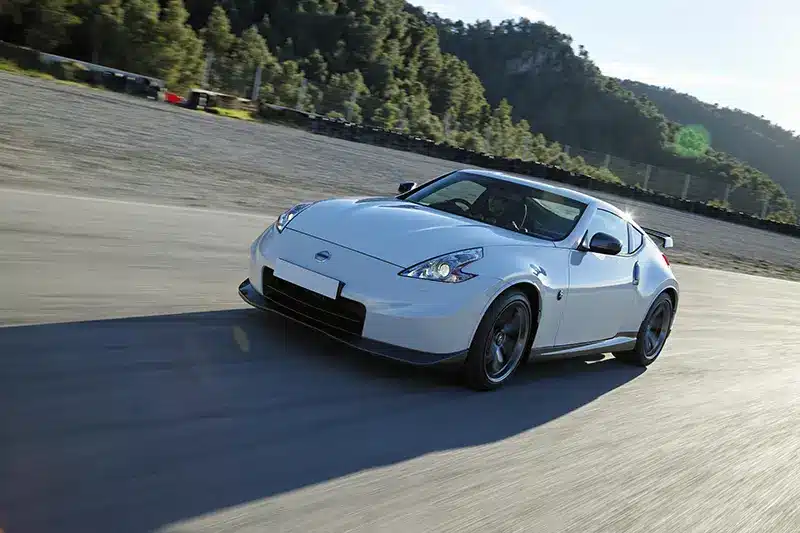
But of course, the scene takes it up a notch with body kits, oversized wings, and loud exhausts that bellow down the streets.
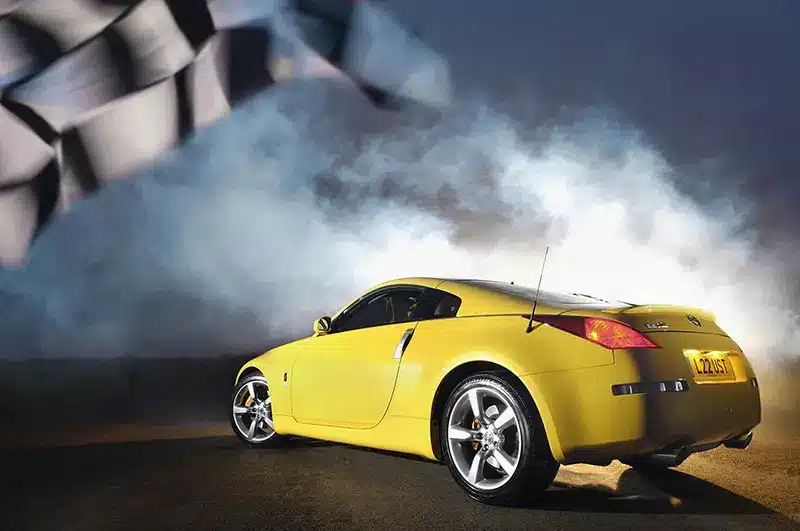

A recent trend? Slapping on fake badges, like “GT-R,” to give the illusion that this Z is faster than it actually is. It’s a bit controversial in the car community, with some purists cringing at the sight of such badges.
However, for ricer enthusiasts, it’s all about personal expression and standing out from the crowd.
Fun Fact: In the movie Tokyo Drift, Z-cars were often showcased with wild mods, sparking a surge of interest in the 350Z as a tuner-friendly car.
2. Subaru WRX and Impreza
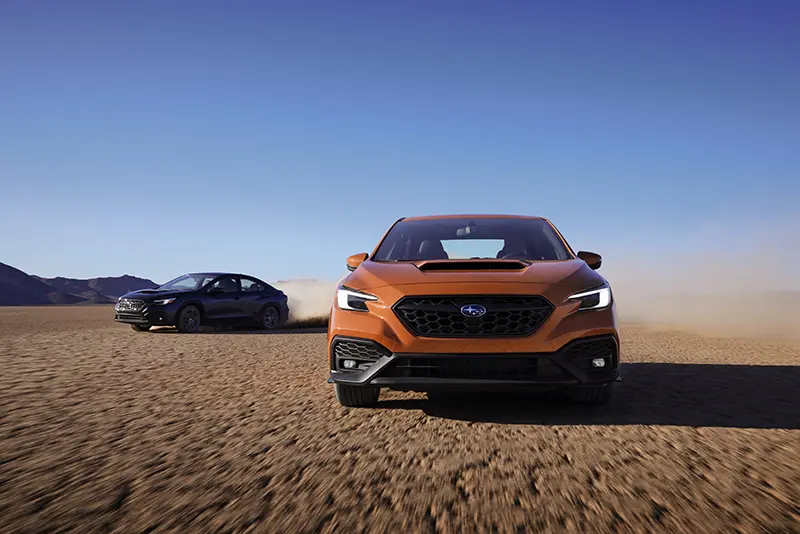
Subarus have always straddled the line between performance and cosmetics, and the WRX is no different.
The Subaru Impreza typically stands out for its rally heritage, but that didn’t stop ricer enthusiasts from giving it a makeover.
With huge rims, colorful vinyl decals, and excessive hood scoops, the Impreza became an iconic ricer. These cars often boast a lowered stance that may look cool but sacrifices practicality and performance.
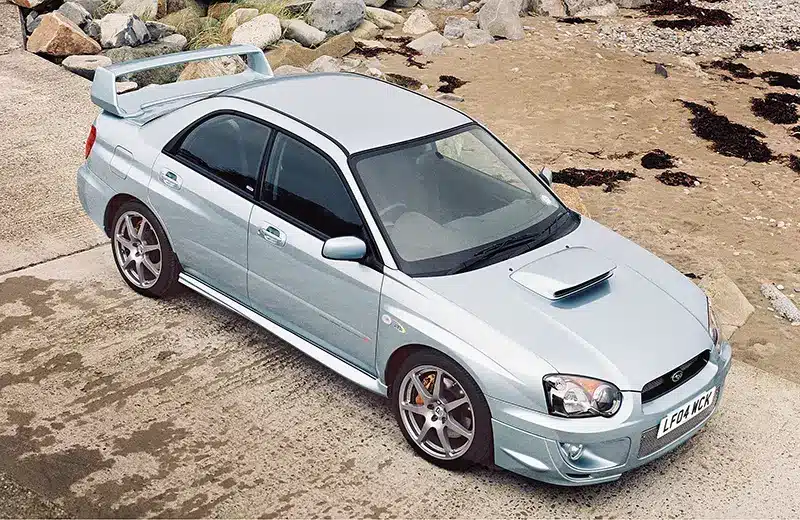
However, not all is lost—many Impreza owners have started blending aesthetics with actual performance enhancements, like upgraded suspension or exhausts.
For ricer fans, the stock WRX is just the beginning. Picture this: an aggressive wide-body kit, a spoiler bigger than an airplane wing, and an exhaust system loud enough to wake the neighborhood.
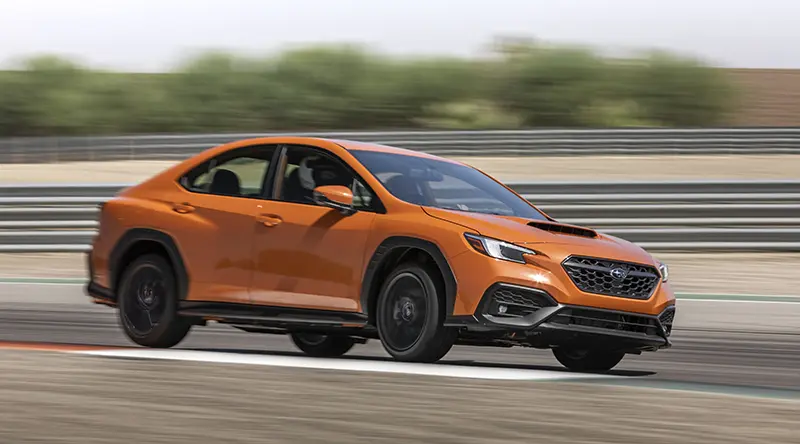
And don’t forget the bright decals that make the car look like it’s ready for a race across Tokyo’s neon streets.
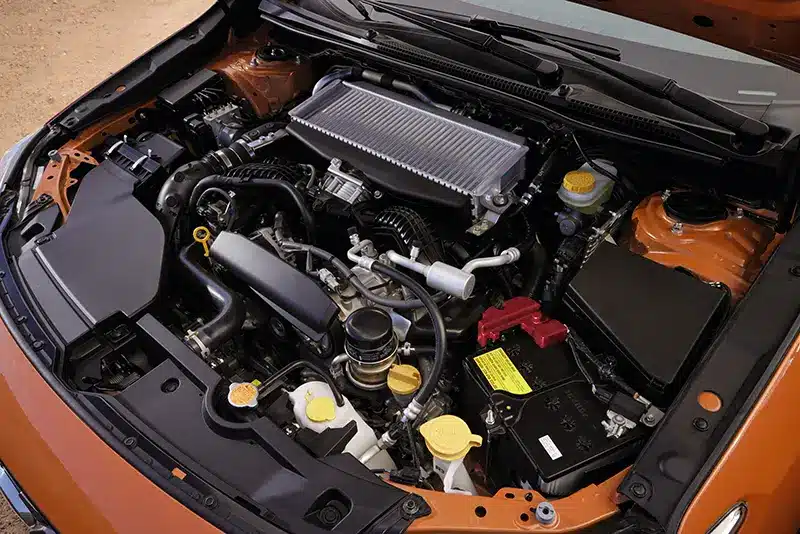
While some may argue that WRXs are true performance machines, the ricer scene sees potential in pushing the aesthetic boundaries.
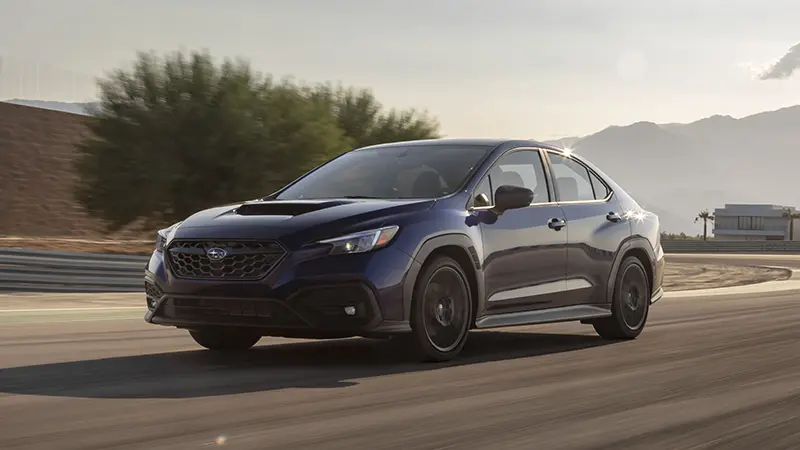
These cars are often found flaunting gigantic aftermarket rims, ridiculously low suspension, and even rally-style lights that never see a dirt track.
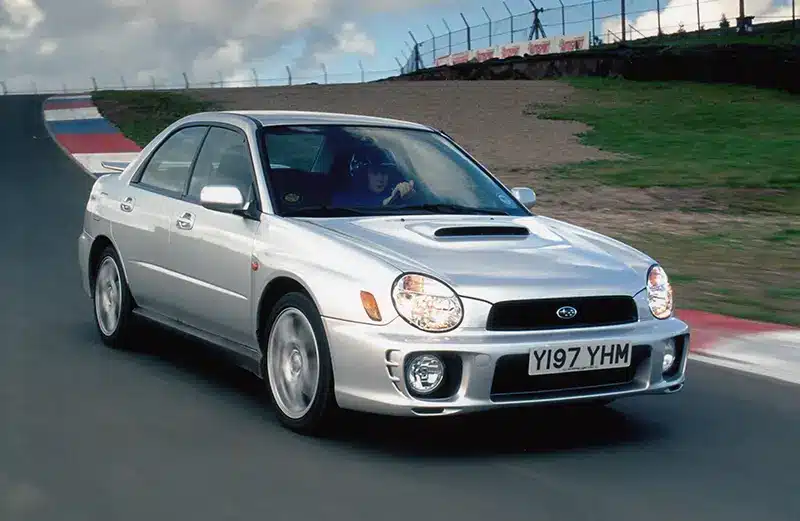
Fun Fact: The WRX gained even more attention thanks to its appearances in rally sports. But for many in the ricer community, it’s not the rally prowess they’re chasing — it’s the jaw-dropping visuals that make this car a showstopper.
1. Honda Civic (10th Gen and Beyond)
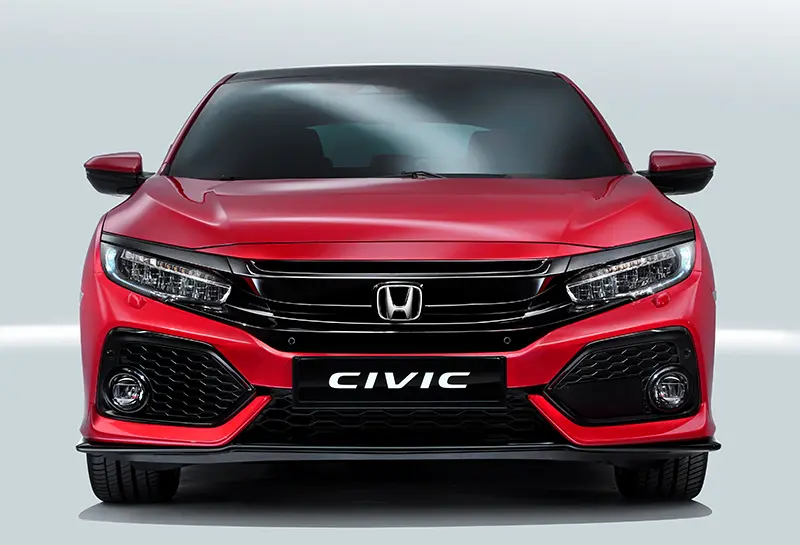
The Honda Civic, a longstanding member of the ricer hall of fame, continues to hold its crown. It’s almost impossible to hit a car meet without seeing at least one heavily modified Civic.
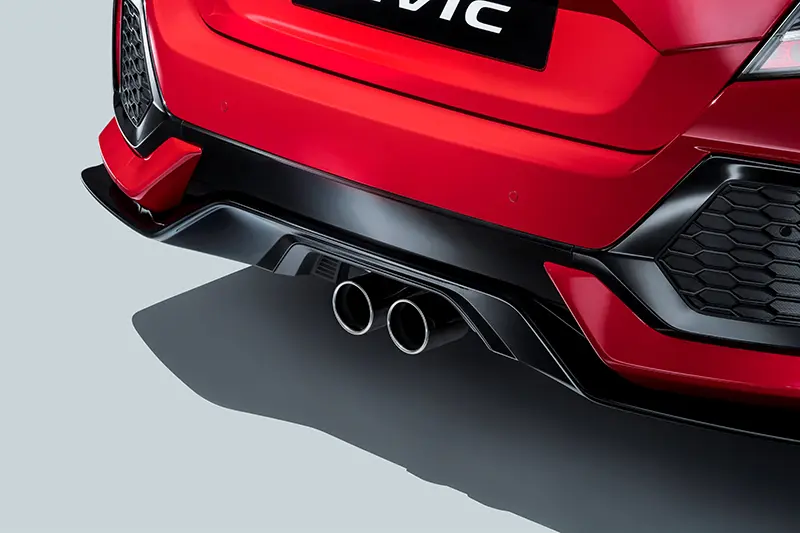
Affordable, easy to modify, and widely available, Civics were the go-to choice for DIYers looking to make a visual statement on a budget.
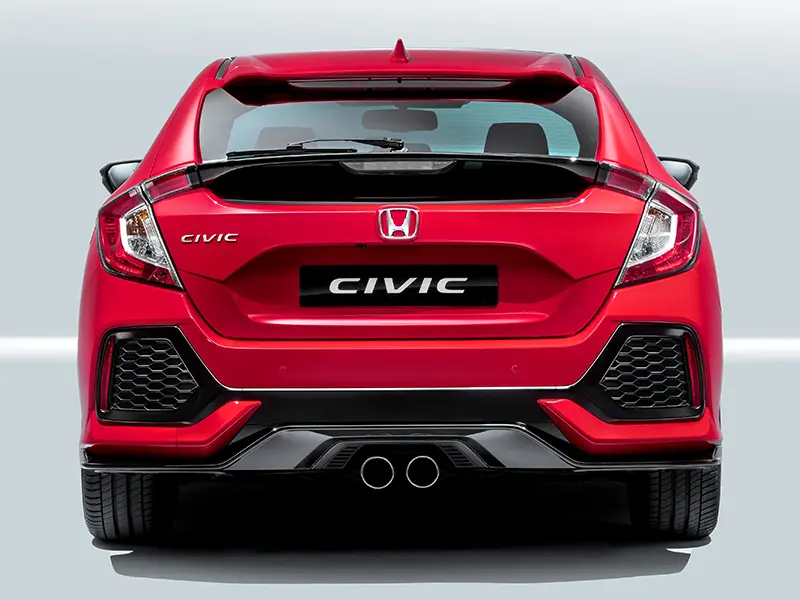
From exaggerated spoilers to body kits that seem plucked straight from a Transformers movie, the Civic is the canvas of choice for enthusiasts worldwide.
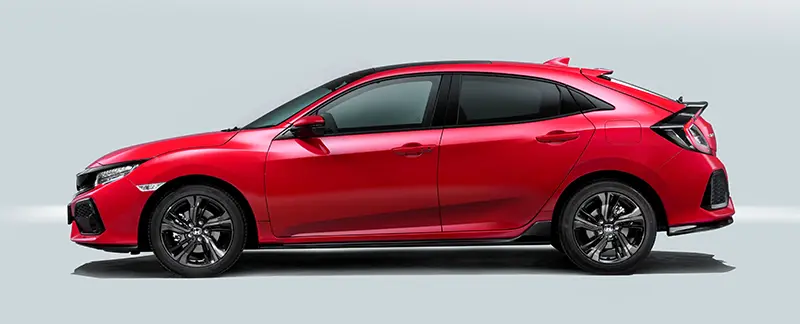
Recent examples showcase wild customisations: neon underglow lighting, roof racks that serve no practical purpose, and fake turbo blow-off valves for that signature whoosh sound.
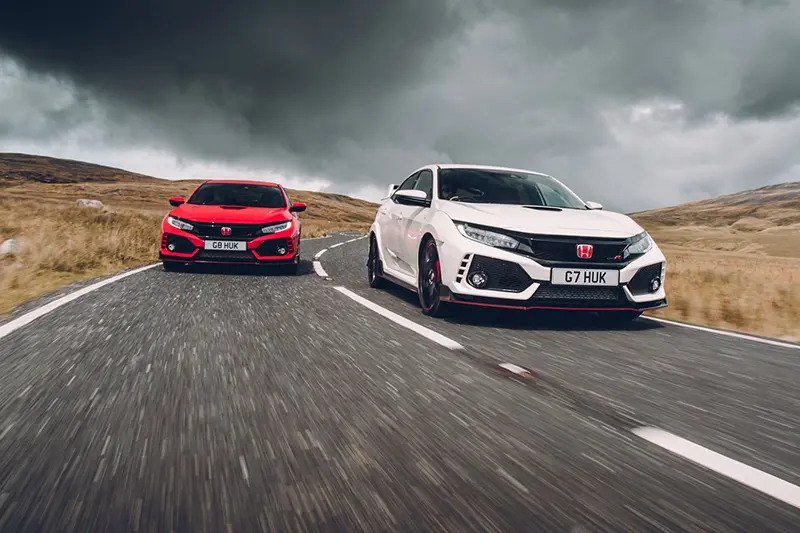
Although the 10th-generation Civic is already sporty, the ricer crowd takes things up a notch (or ten).
And sure, not every Civic boasts the turbocharged engine found in its Type R variant, but these cosmetic tweaks are often all about appearance.
Today, many ricer Civic owners are mixing form with function, adding suspension upgrades or turbochargers to balance out the flashy visuals.
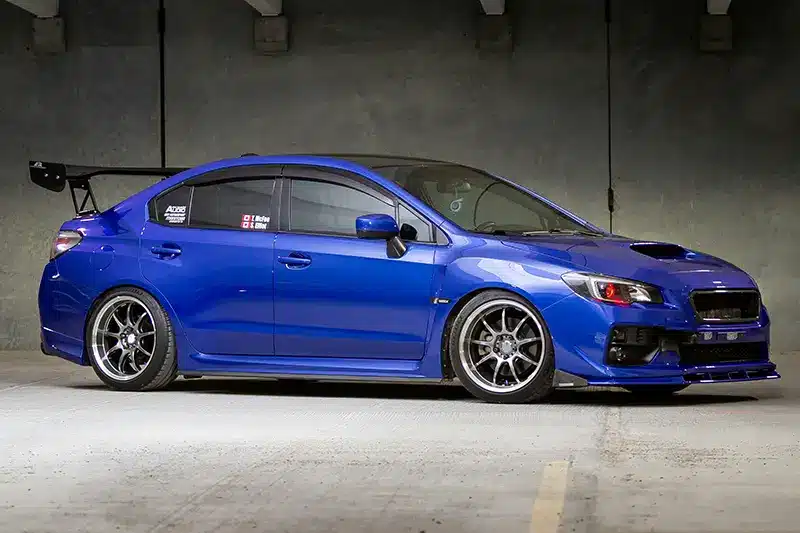
Fun Fact: The Civic has become synonymous with tuner and ricer culture. It was even immortalised in memes with slogans like, “If you ain’t rubbin’, you ain’t dubbin’,” referring to how low these cars often sit, causing them to scrape the ground!
Express Yourself with a ricer
Love them or hate them, ricer cars are an undeniable part of car culture. For some, it’s all about performance, while for others, it’s about standing out in a crowd with bold, unapologetic modifications.
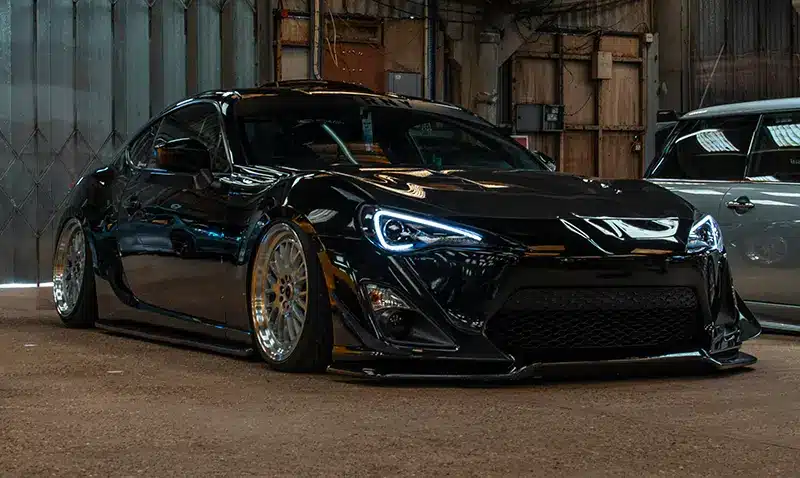
As long as there are car enthusiasts, there will be ricer cars, pushing the boundaries of what’s considered “too much.”
Thinking of buying a ricer car? Discover everything you need to know about any vehicle, exact details make, model, body type, BHP, and more for any car by entering the reg number into a car history checking service like Full Car Checks.
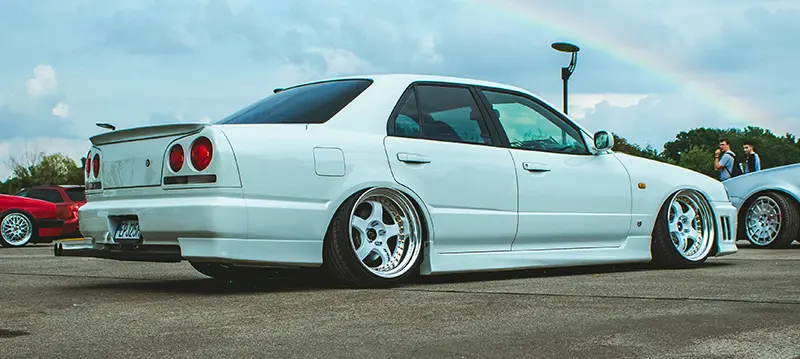
In 2024, the ricer scene continues to thrive, bringing with it a mix of creativity, controversy, and a whole lot of fun.
Whether you see these cars as art or eyesores, one thing’s for sure: they’ll always turn heads. So the next time you hear a loud exhaust or see a car with an enormous wing, take a moment to appreciate the creativity behind the madness!
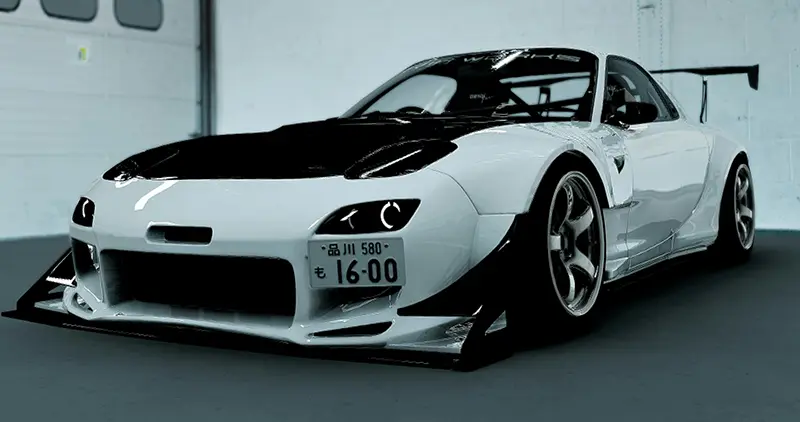
The Modern Evolution of Ricer Cars
While the early 2000s saw the height of ricer culture focused on extreme visuals, today’s trends are shifting. Many car enthusiasts now aim for a balance between aesthetics and performance.

The ricer cars of the past were often criticised for being “all show and no go,” but now, we’re seeing more builds that include functional upgrades like turbochargers, suspension mods, and improved aerodynamics.

In essence, the spirit of customisation remains, but there’s an increasing emphasis on turning heads while being able to back up the looks with real performance.
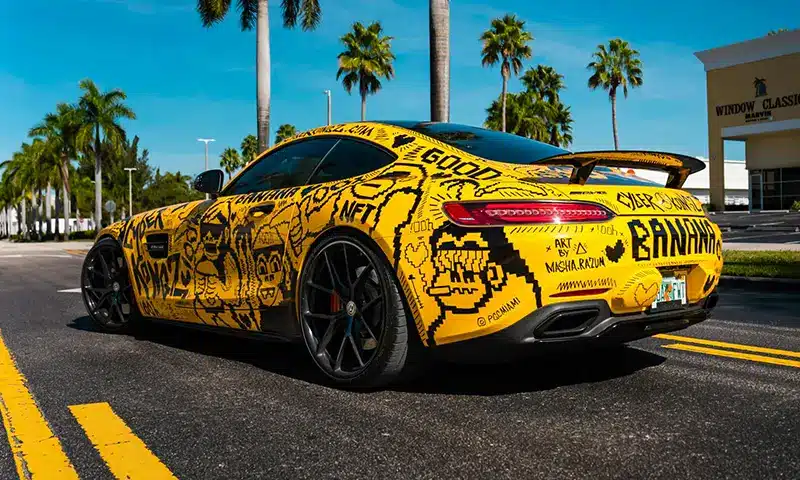
The influence of JDM culture has evolved the scene, pushing enthusiasts to move beyond just visual modifications.
The Fast and the Furious Effect
It’s impossible to talk about ricer cars without mentioning “The Fast and the Furious.” The franchise played a massive role in catapulting these flashy, modded cars into the mainstream.
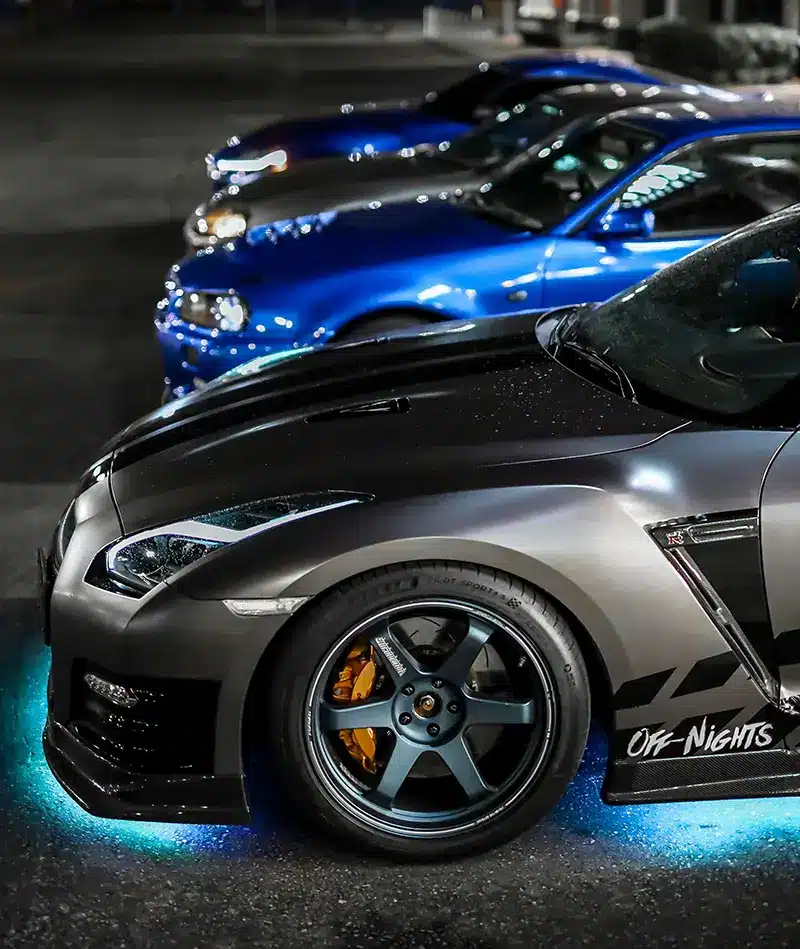
From neon underglow lighting to oversized wings, many ricer car enthusiasts took direct inspiration from the movie. But while the franchise celebrated car culture, it also contributed to the rise of aesthetics-first builds.
Ricer cars, despite the criticism they’ve faced, represent a significant subculture within the automotive world.
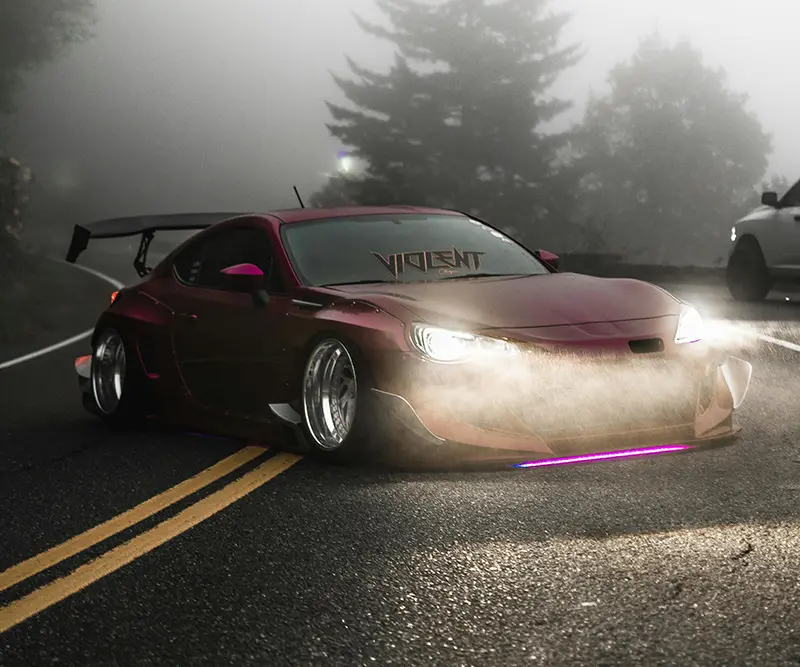
While they may have started as “all show, no go,” many modern builds are correcting that imbalance, mixing aesthetics with performance.
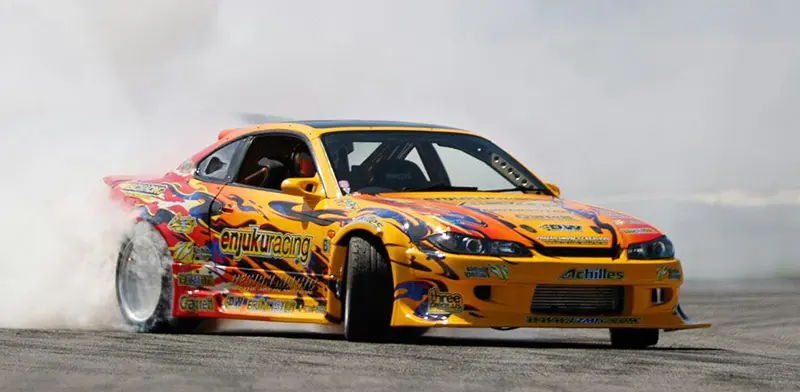
From Honda Civics to Supras, the evolution of ricer culture reflects the broader trends in the car tuning world—one where personal expression meets a growing appreciation for function as much as form.
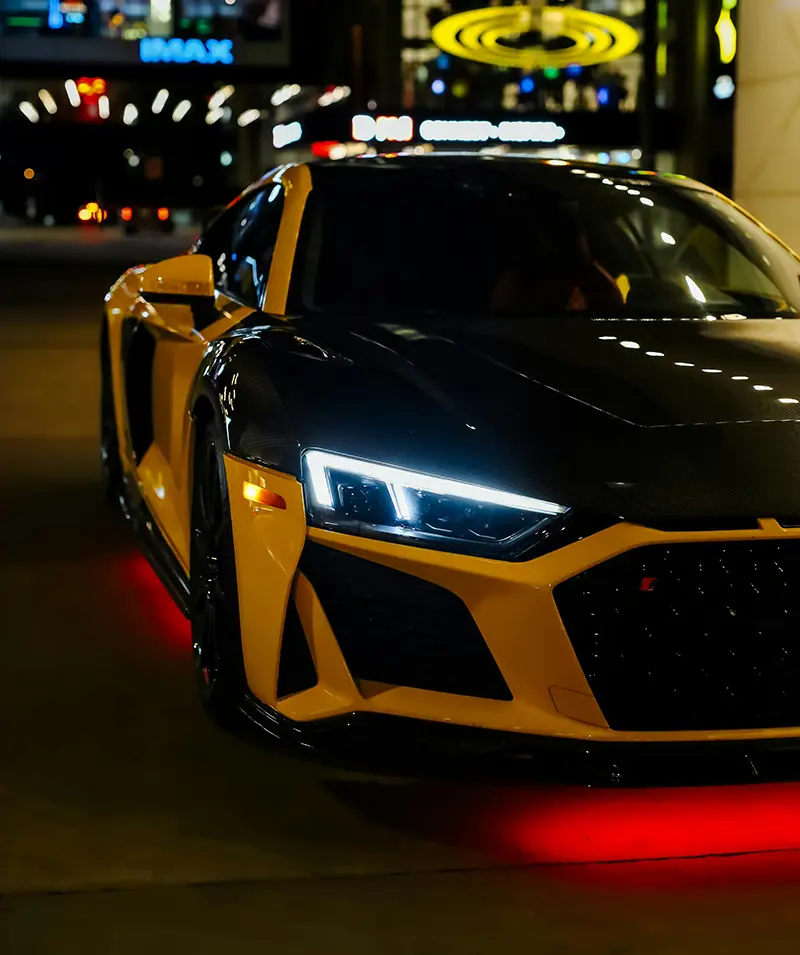
For those looking to dip their toes into the ricer world, the key is finding that sweet spot between making a statement and having the performance to back it up.
If you’re ready to dive into the ricer scene and customise your ride, don’t forget to double-check your insurance!
Most modified cars need specific If you’re ready to dive into the ricer scene and give your car that personalised touch, don’t forget to check your car insurance policy to make sure your custom upgrades do not invalidate your insurance policy, ricer cars usually need modified car insurance coverage, so make sure your upgrades won’t leave you uninsured when you hit the streets.
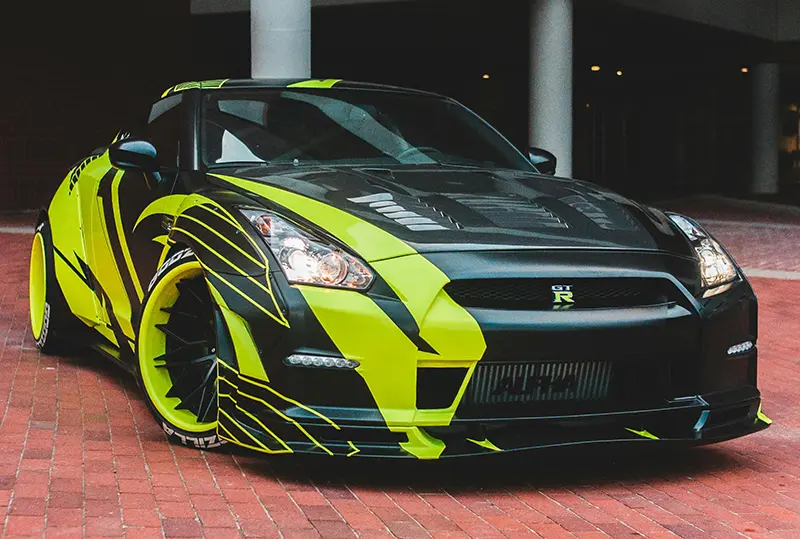
So, whether you’re bolting on that oversized spoiler or upgrading your turbo, remember: the road is your canvas!
For more articles like this, receive our weekly e-newsletter, including partner deals and all things motoring, register your email below.
Please note: You cannot subscribe to Smart-Motoring unless you put a tick in the checkbox below to indicate have read and agreed to our privacy policy.



